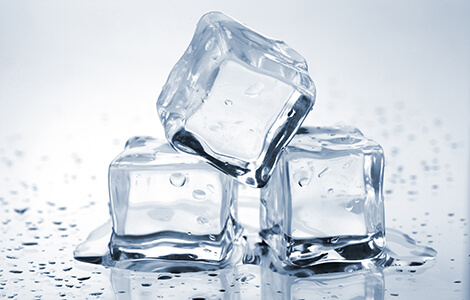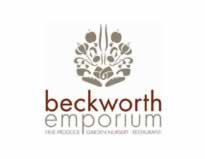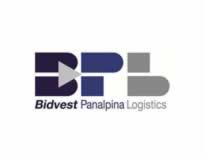Foods that are only partially defrosted or still frozen when cooked can hold onto harmful bacteria, as the food may not be at a safe temperature through to its core. This is particularly important when defrosting raw meat, as bacteria is more likely to be present and cause illness.
This guide looks at three of the most common thawing methods and how to put them into practice safely and effectively.
The Refrigeration Method
Probably the most popular method of thawing, the refrigeration method simply involves defrosting your food in a refrigerator overnight.
Pros: This method allows food to thaw at a safe temperature and over a safe number of hours.
Cons: The process is fairly slow and if not enough time is given for defrosting before a meal service; it’s likely that the food will only be partially thawed and unusable.
Tips: When thawing food in a refrigerated unit, ensure that raw meats are kept separate from cooked foods. As meat, fish and poultry thaws, juices containing harmful bacteria can leak onto other ingredients and surfaces.

The Microwave Method
Most high-quality, modern microwaves offer a ‘defrost’ function to thaw frozen produce with gentle heat.
Pros: This is a fast way to thaw food if you need frozen foods in a hurry.
Cons: Even with a defrost function, microwaves often provide uneven heat distribution and foods can start to lightly cook on the outside. This can have serious effects on the taste, texture and appearance of your food.
Tips: Low and slow is the most important tip here if you want to keep food safe and tasting great. If possible, break down your produce into smaller, even pieces (particularly with minced meat blocks) to help it thaw more evenly.
The Water Method
The method of thawing involves running produce under ‘room temperature’ water to speed up the defrosting process. If food is left sitting in water, it should be replaced with fresh stuff every thirty minutes or so to bring the temperature back up.
Pros: This method is slightly faster than defrosting in the refrigerator but still ensures that food thaws at a sensible rate.
Cons: It can still be a time consuming task and is not suitable for every type of food.
Tips: DO NOT defrost raw meat and poultry under running water unless it is in a container. It’s important that this is avoided at all costs, as it can encourage the spread of harmful bacteria such as campylobacter.
If you must defrost raw meat or poultry this way, it should always be tightly sealed in a sturdy, air-tight vessel.
Which method is best?
The safest and most gentle way to thaw food is always in a refrigerated unit. Unfortunately, this is also the most time consuming. To properly preserve the quality and taste of food, a slow thawing process at a safe temperature is by far the best choice.
Remember: Always check that produce is thoroughly thawed all the way through before cooking. You can usually do this by pressing into the middle or thickest part of your food, or by using a metal skewer to check for remaining ice crystals.
If you work in the hospitality industry and thaw large amounts of food regularly, you may want to consider a defrosting unit for safe and hygienic thawing.
CRS have a wide range of cold storage units and hot boxes for the retail and hospitality industry. To find out more about our commercial storage, call us on 0800 085 2298.














